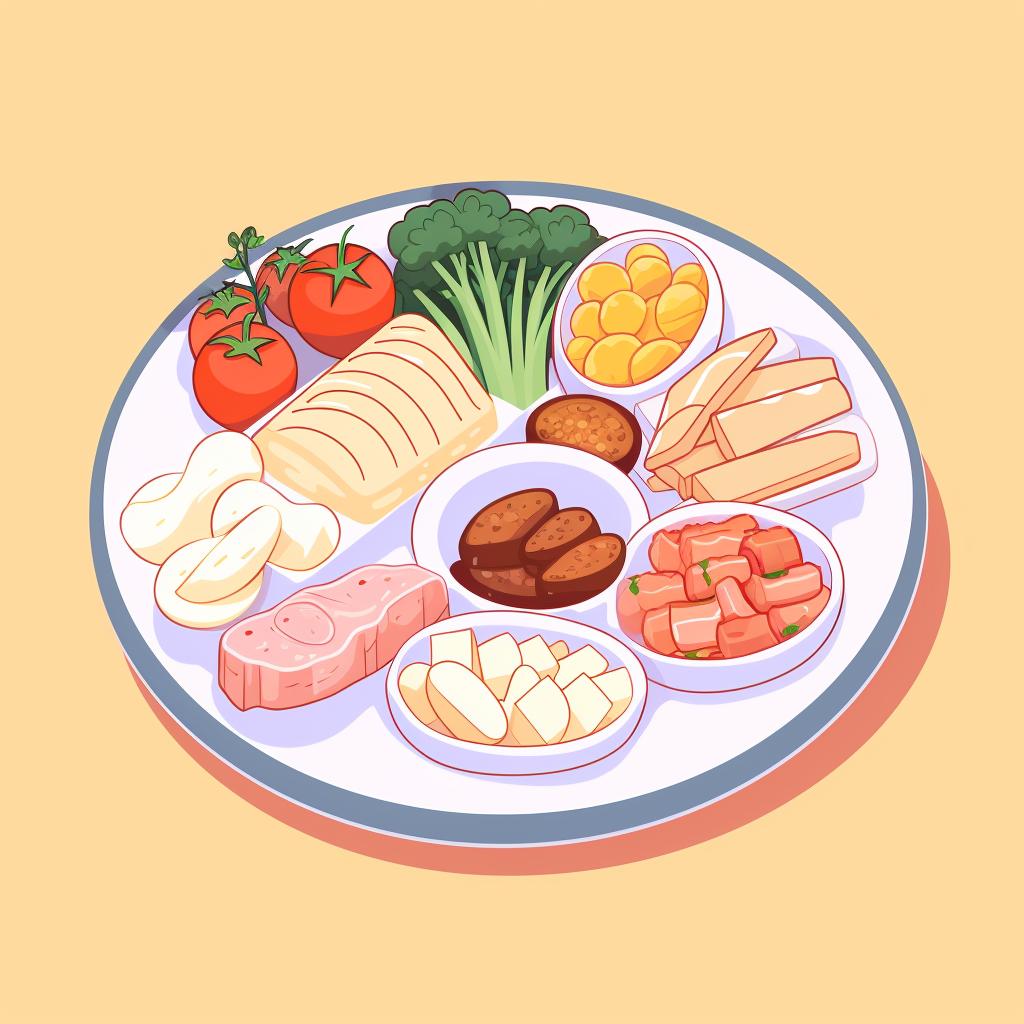Emily Thompson is a registered dietitian with a focus on plant-based diets. She has a Master's degree in Dietetics and has helped countless individuals transition to a healthier lifestyle through plant-based eating. Her articles are informative, engaging, and full of practical tips.
Are extreme and/or dangerous Idoli diets healthy? The short answer is no. Extreme diets, including the Idoli diet, can pose significant health risks. While they may lead to rapid weight loss in the short term, they often lack the necessary nutrients your body needs to function properly. Let's delve into this topic further.
Let's Unmask the Hidden Dangers of Extreme Diets 🕵️♀️
Extreme diets often involve severe calorie restriction or the complete elimination of certain food groups. This can lead to nutrient deficiencies, a slowed metabolism, and other health problems. For food lovers, these diets can be particularly challenging and unsustainable in the long term. A healthy diet plan, on the other hand, should be balanced, varied, and enjoyable.
Negative Effects of Extreme Diets
Zooming in on the Idoli Diet: A Case Study of Extreme Eating 🍽️
The Idoli diet is an example of an extreme diet. It involves consuming only certain types of foods in very limited quantities. Such a diet can lead to dangerous diet effects, such as malnutrition and organ damage, especially to the liver.
Comparison between the Idoli Diet and a Balanced Diet
To better understand the differences and potential health risks associated with the Idoli diet, let's compare it with a balanced diet.
| Diet Type | Caloric Intake | Food Variety | Nutrient Balance | Health Risks |
|---|---|---|---|---|
| Idoli Diet | Very low 📉 | Limited 🚫 | Poorly balanced ⚖️ | Malnutrition, organ damage, slowed metabolism 🚑 |
| Balanced Diet | Moderate 📊 | Wide variety 🌈 | Well balanced ⚖️ | Promotes overall health, reduces risk of chronic diseases 💪 |
As you can see, the Idoli diet lacks the necessary nutrients for a healthy body and can lead to serious health risks. A balanced diet, on the other hand, provides all the necessary nutrients and promotes overall health.
Your Roadmap to a Healthier Version of 'Extreme' Diets 🗺️
So, what is good for the liver and overall health? A healthy extreme diet is not really "extreme" in the traditional sense. Rather, it involves making significant but sustainable changes to your eating habits that prioritize nutrition and health. This could include eating more whole, plant-based foods, limiting processed foods, and ensuring adequate protein, fiber, and healthy fats in your diet.
Transitioning from an extreme diet to a balanced, nutritious diet can be a daunting task. However, with a step-by-step approach, it can be made simpler and more achievable. Here's how you can make the switch:
Following these steps can help you transition from an extreme diet to a balanced, nutritious diet. Remember, the journey to better health is a marathon, not a sprint. It's about making sustainable changes that you can maintain in the long run.
Extreme Diets vs. Nutrition: The Battle for Your Health 🛡️
Remember, extreme does not mean healthy or effective in the long run. Proper nutrition is key to maintaining a healthy weight and overall health. If you're considering an extreme diet, it's important to understand the potential risks and benefits and to consult with a healthcare professional.
Before we delve deeper into the subject, let's address some frequently asked questions about extreme diets, their effects, and healthier alternatives.
Now that we've answered some common questions, let's continue our exploration of extreme diets and their impact on nutrition.
Our Final Take: The Truth About Extreme Diets and Your Health 🎯
In conclusion, while extreme diets like the Idoli diet can lead to rapid weight loss, they can also have serious health consequences. A more balanced approach to eating, which includes a variety of foods and prioritizes nutrition, is the best way to promote long-term health and maintain a healthy weight.
What's your take on extreme diets and balanced eating?
After reading this article, we'd love to know your thoughts and experiences. Please take a moment to participate in our poll.






















